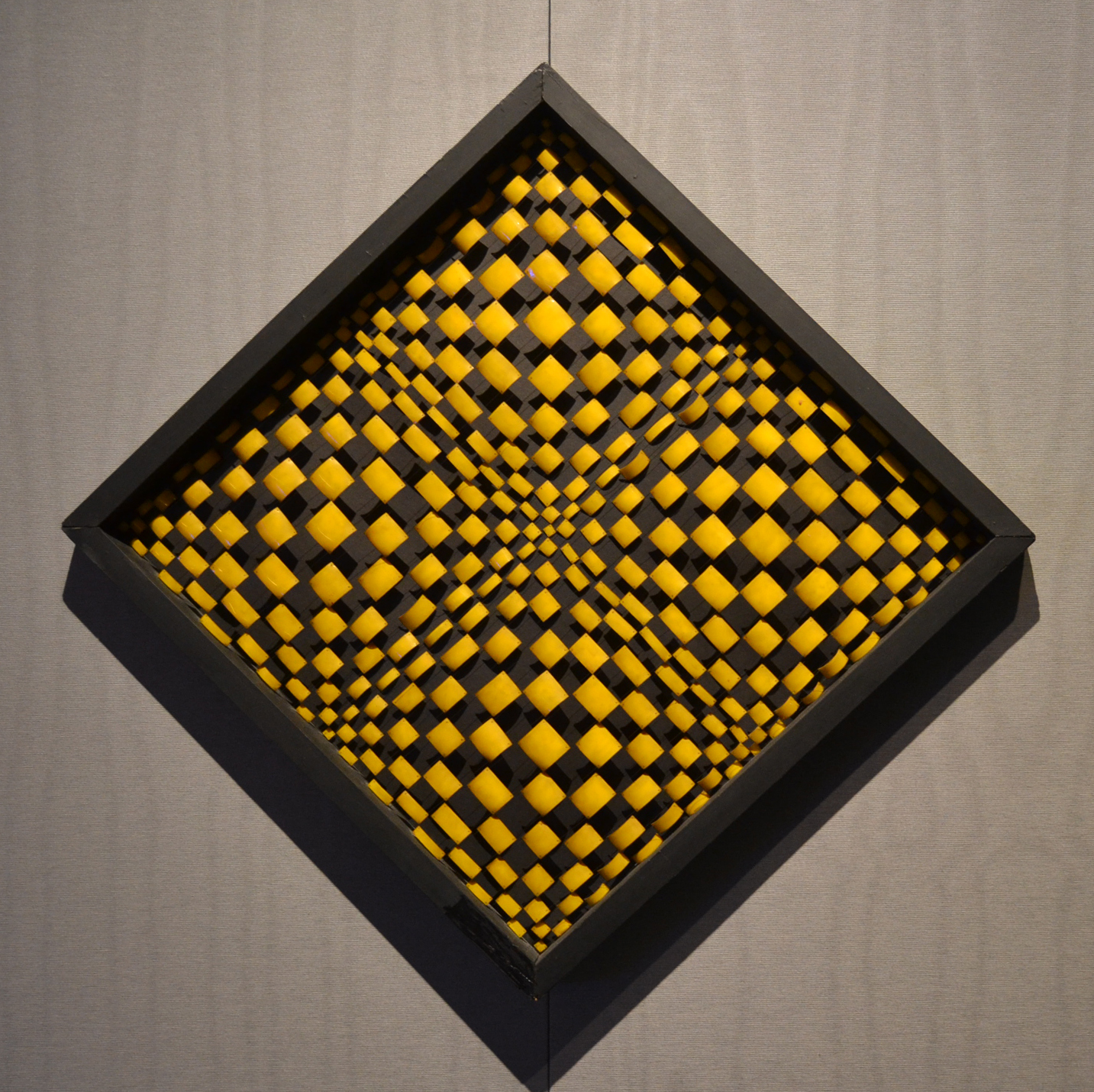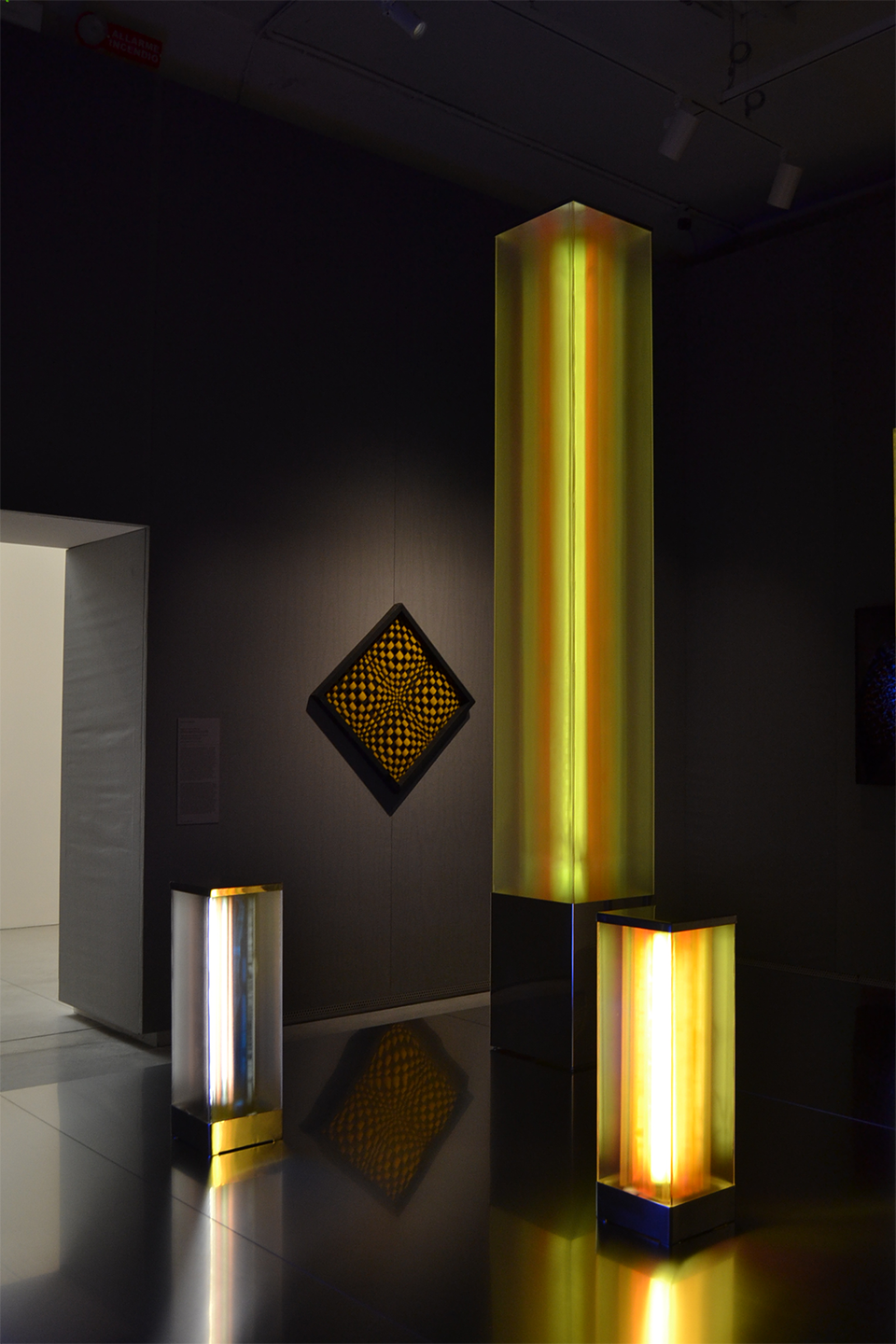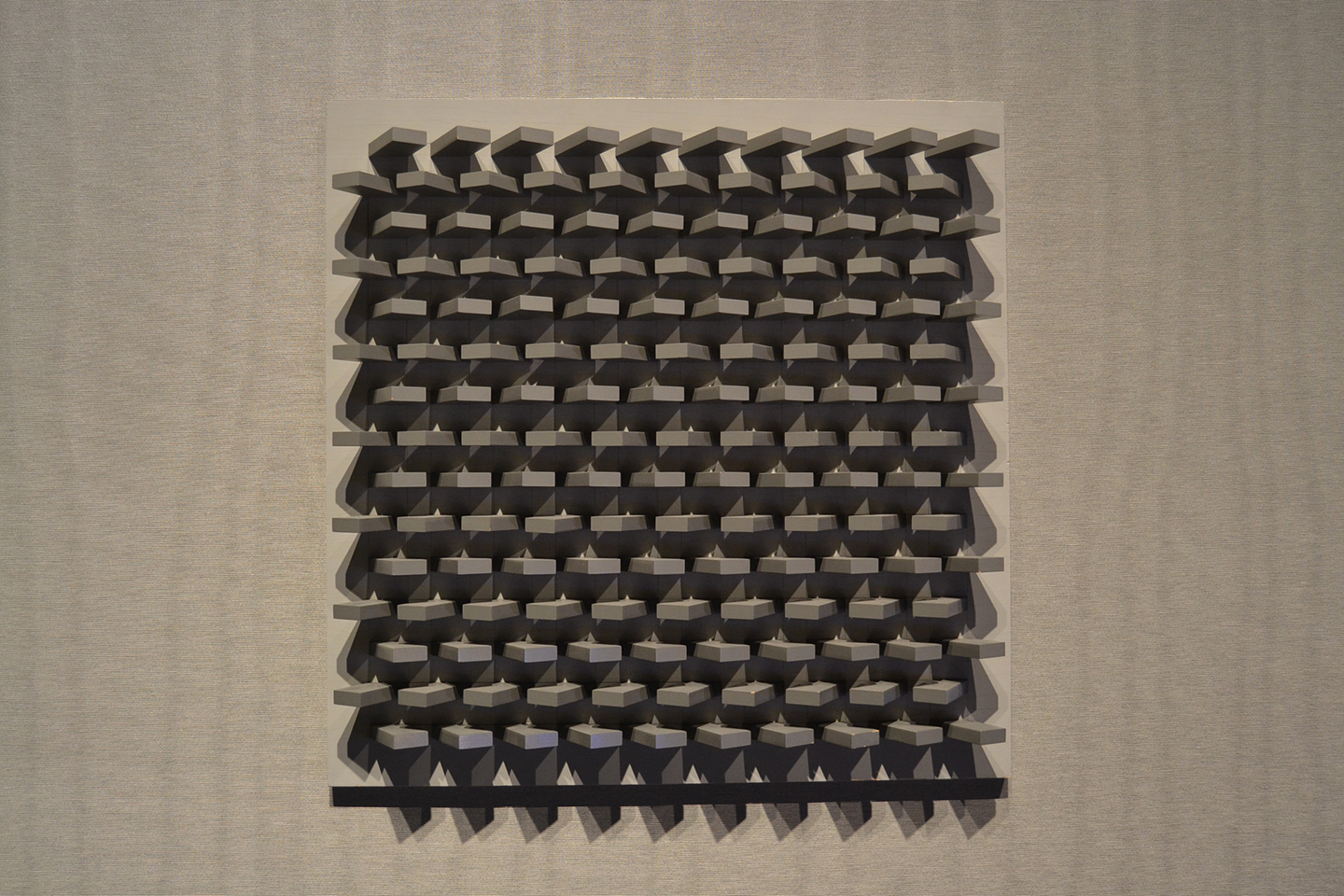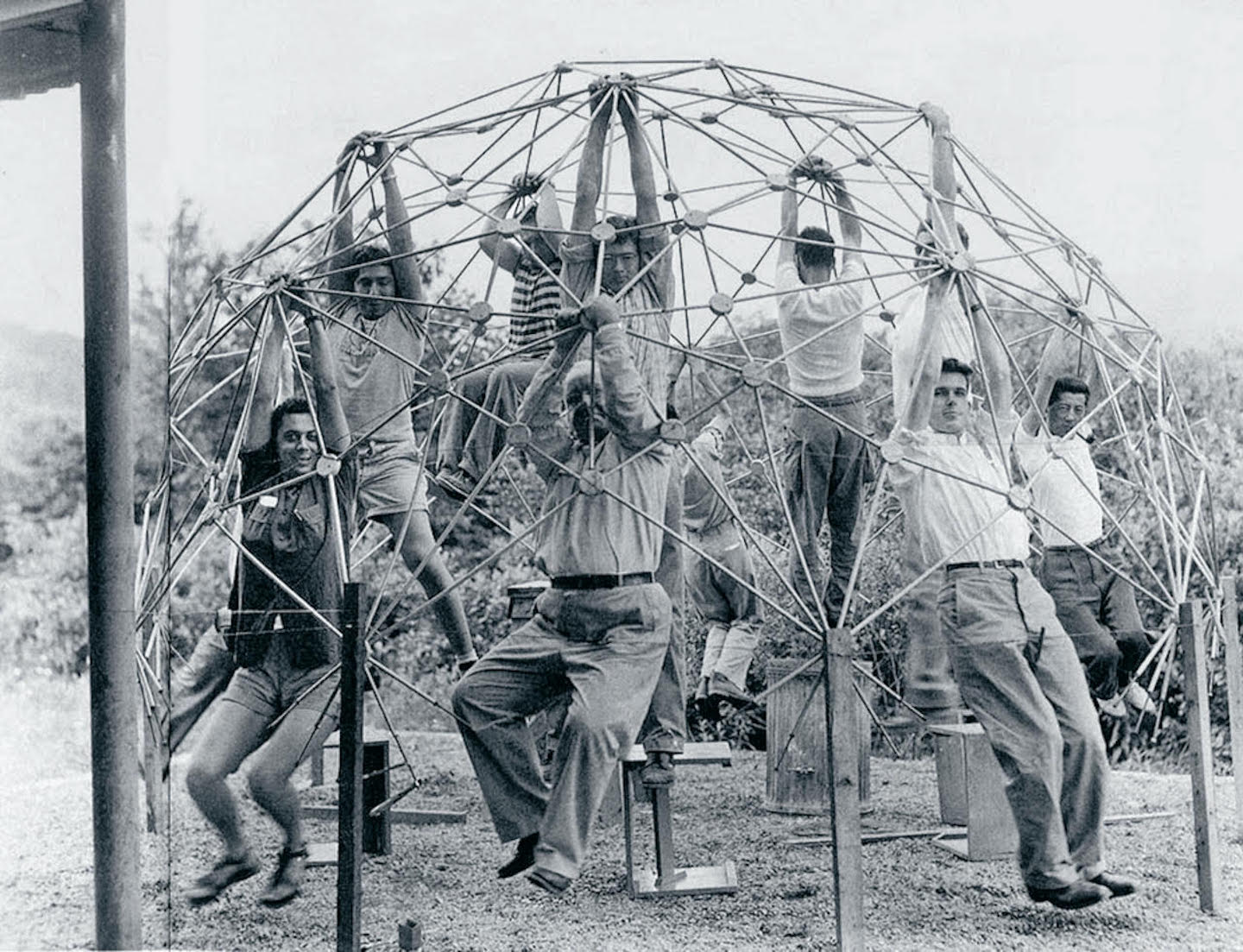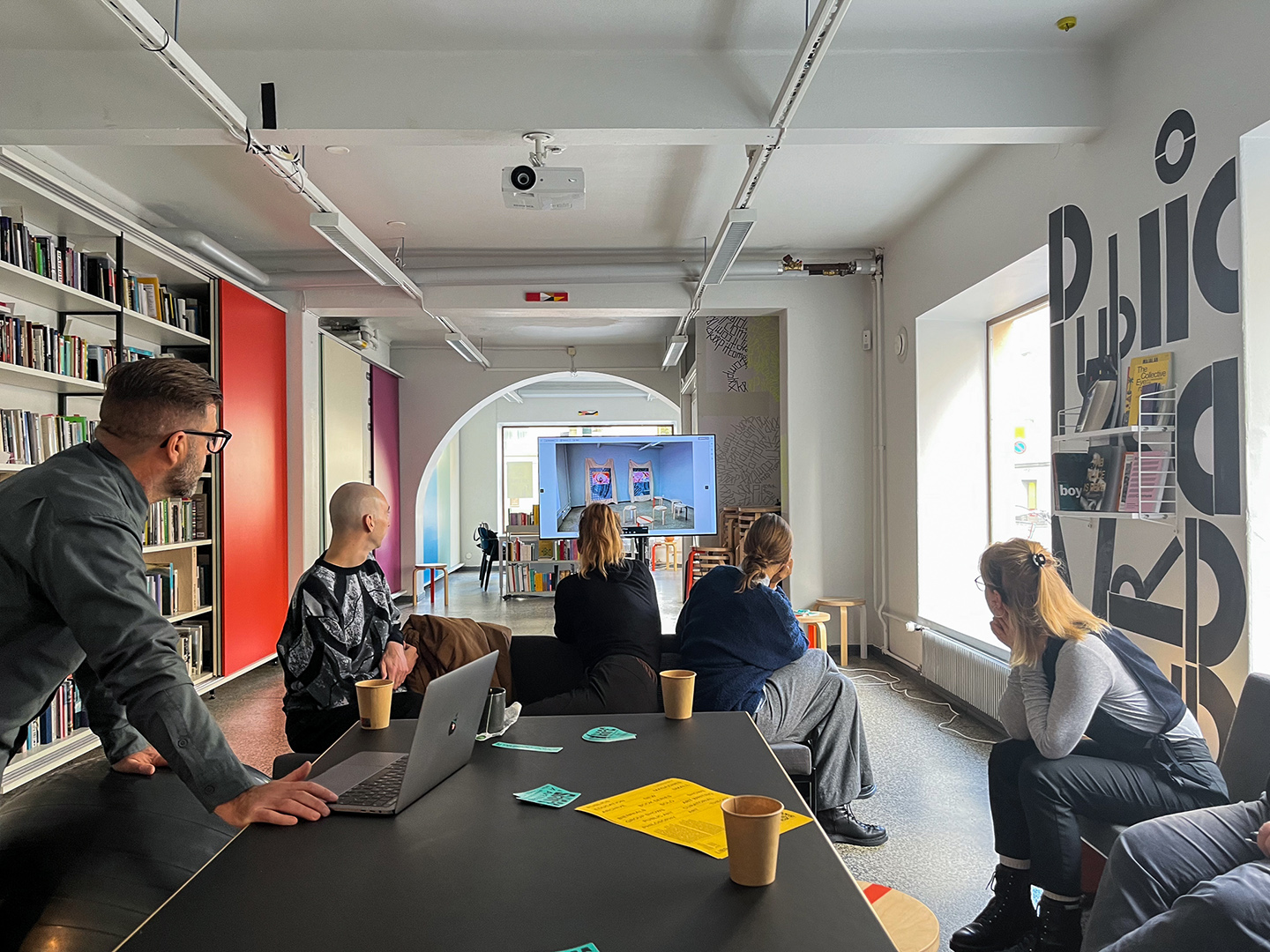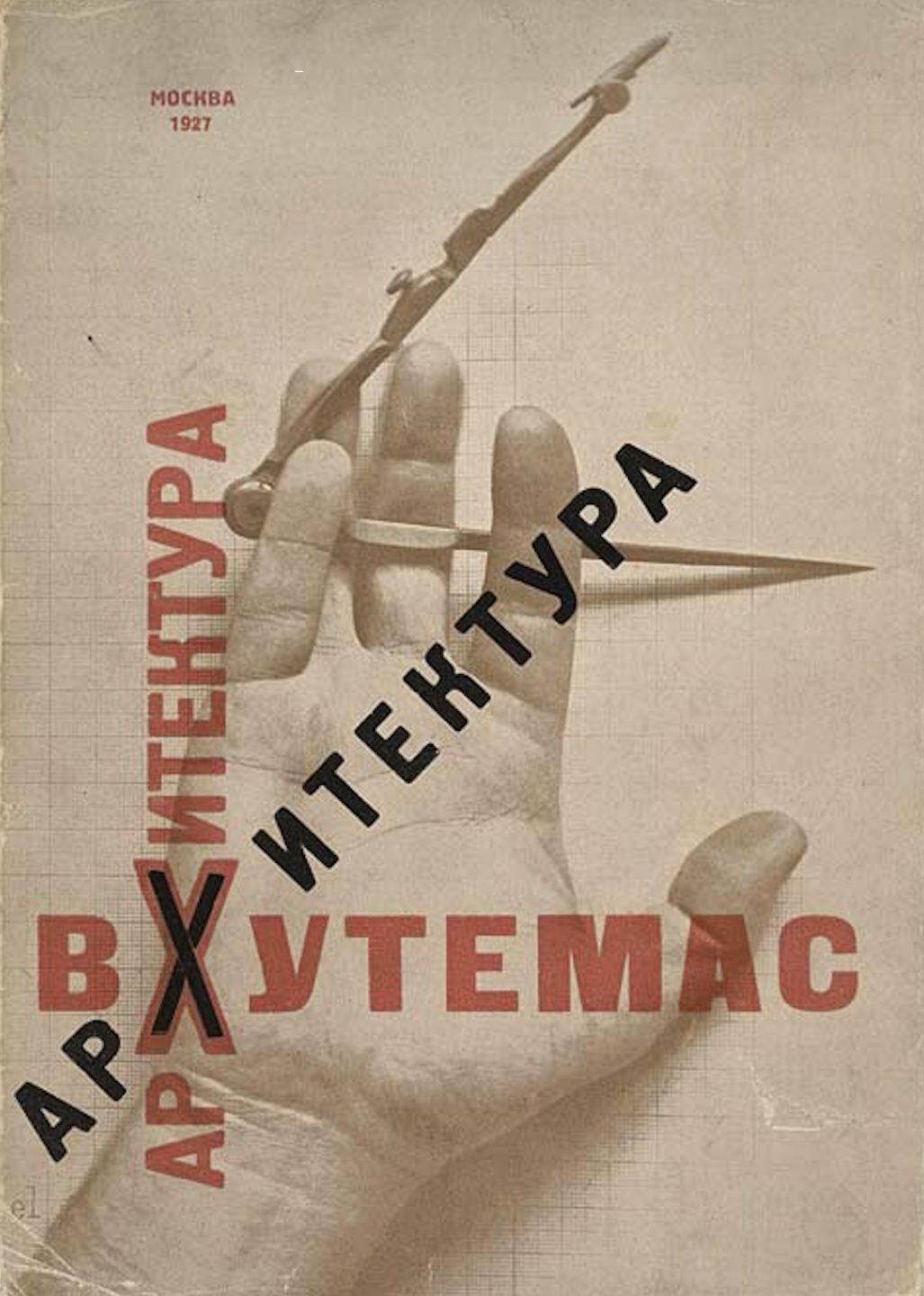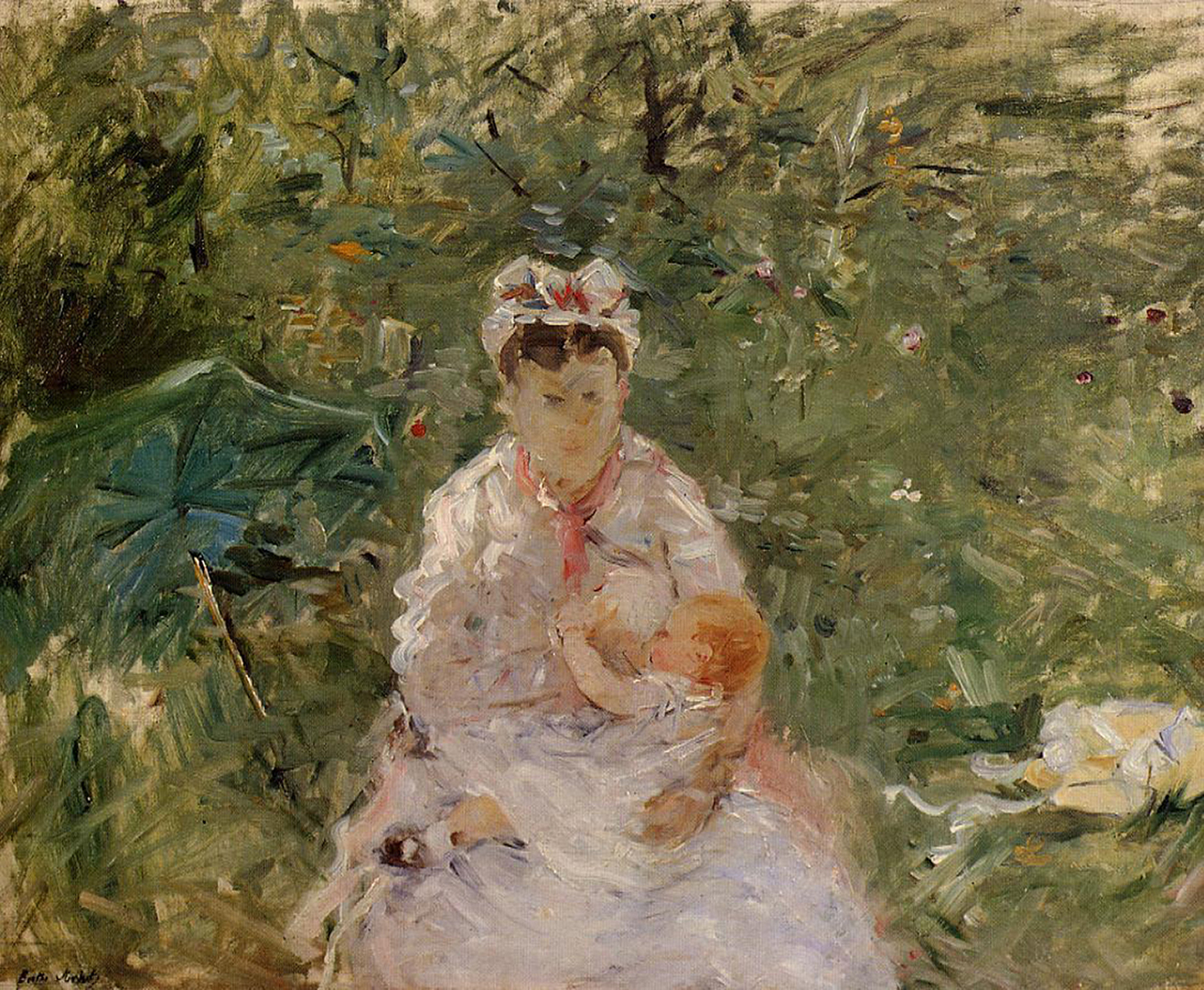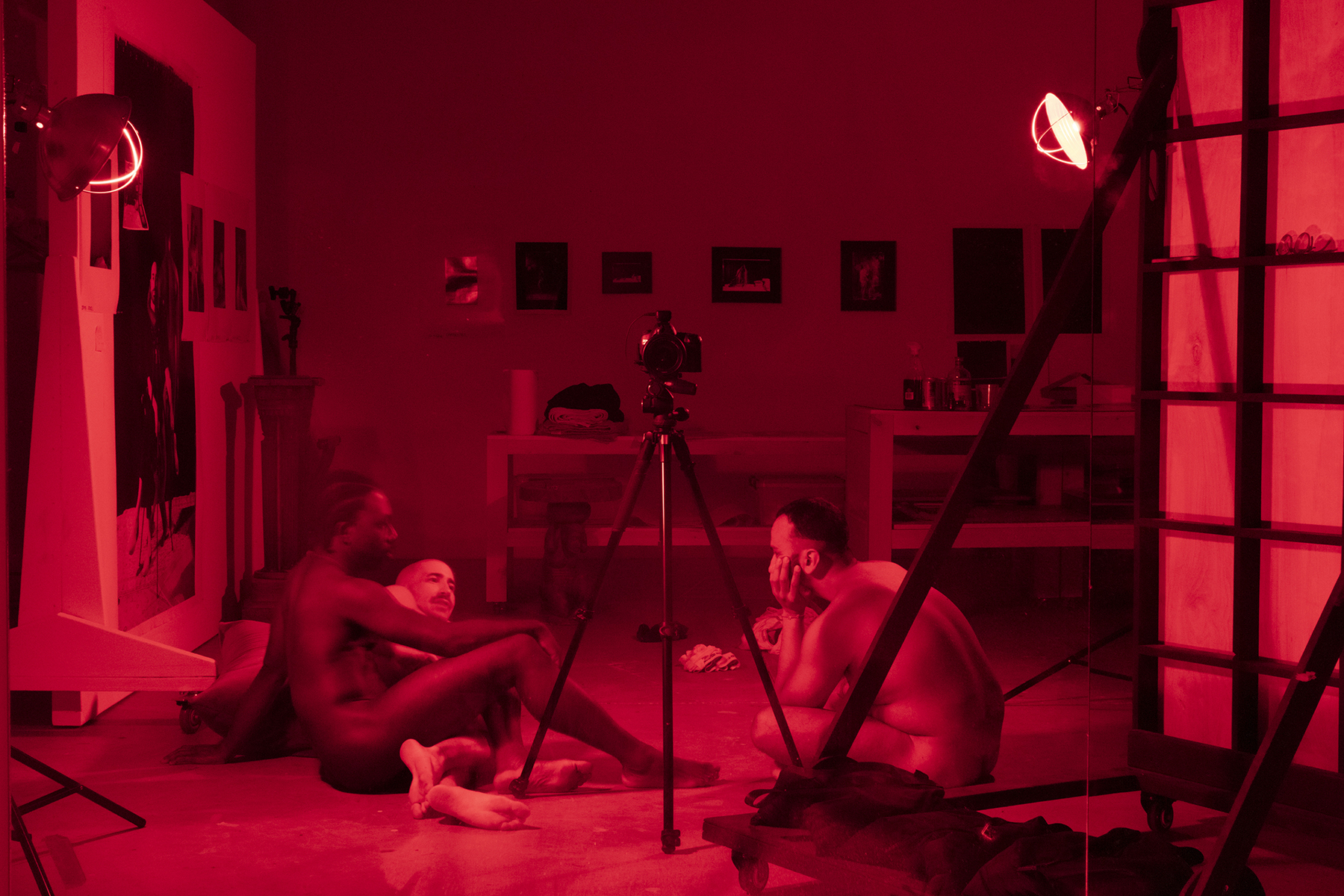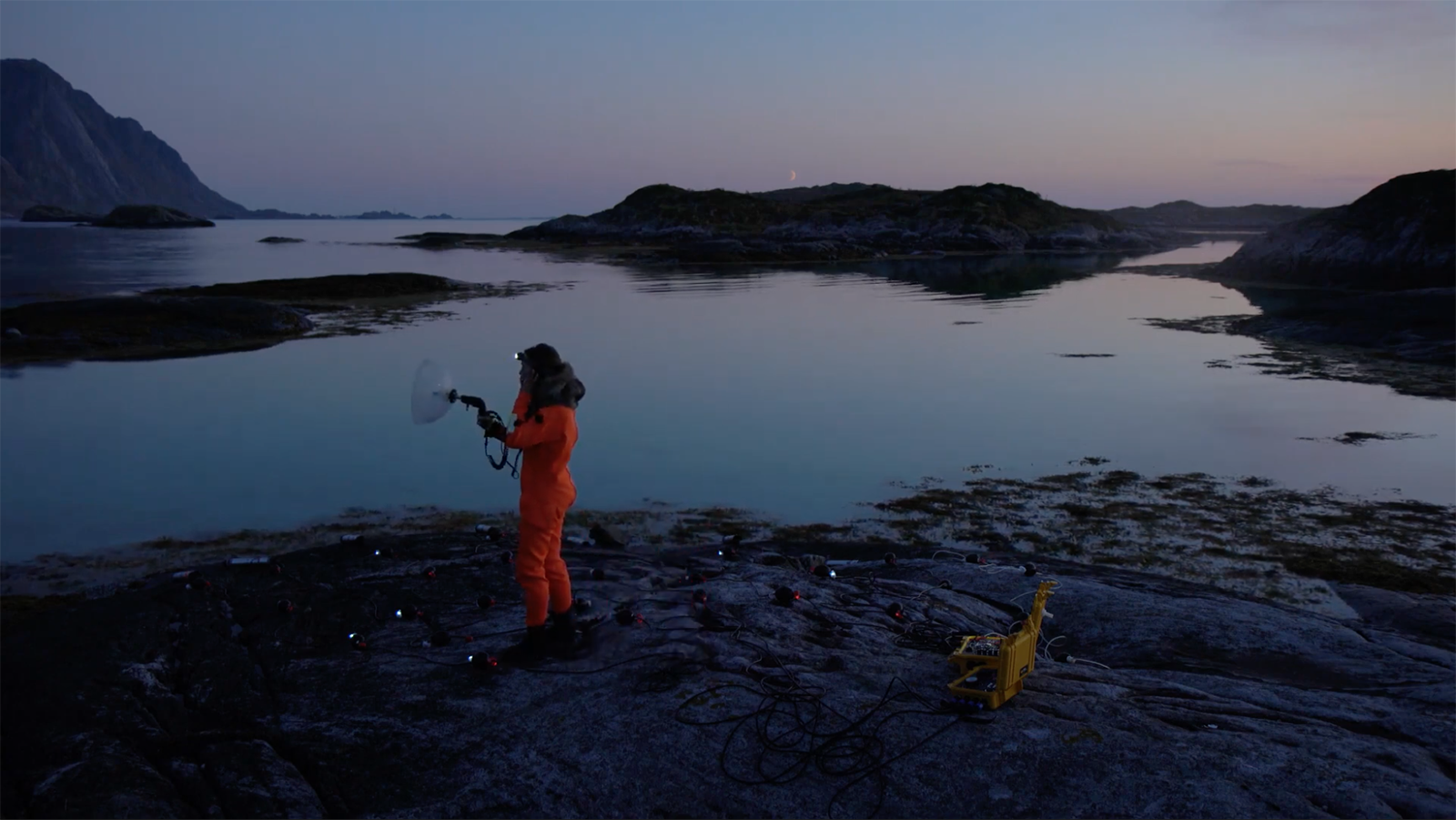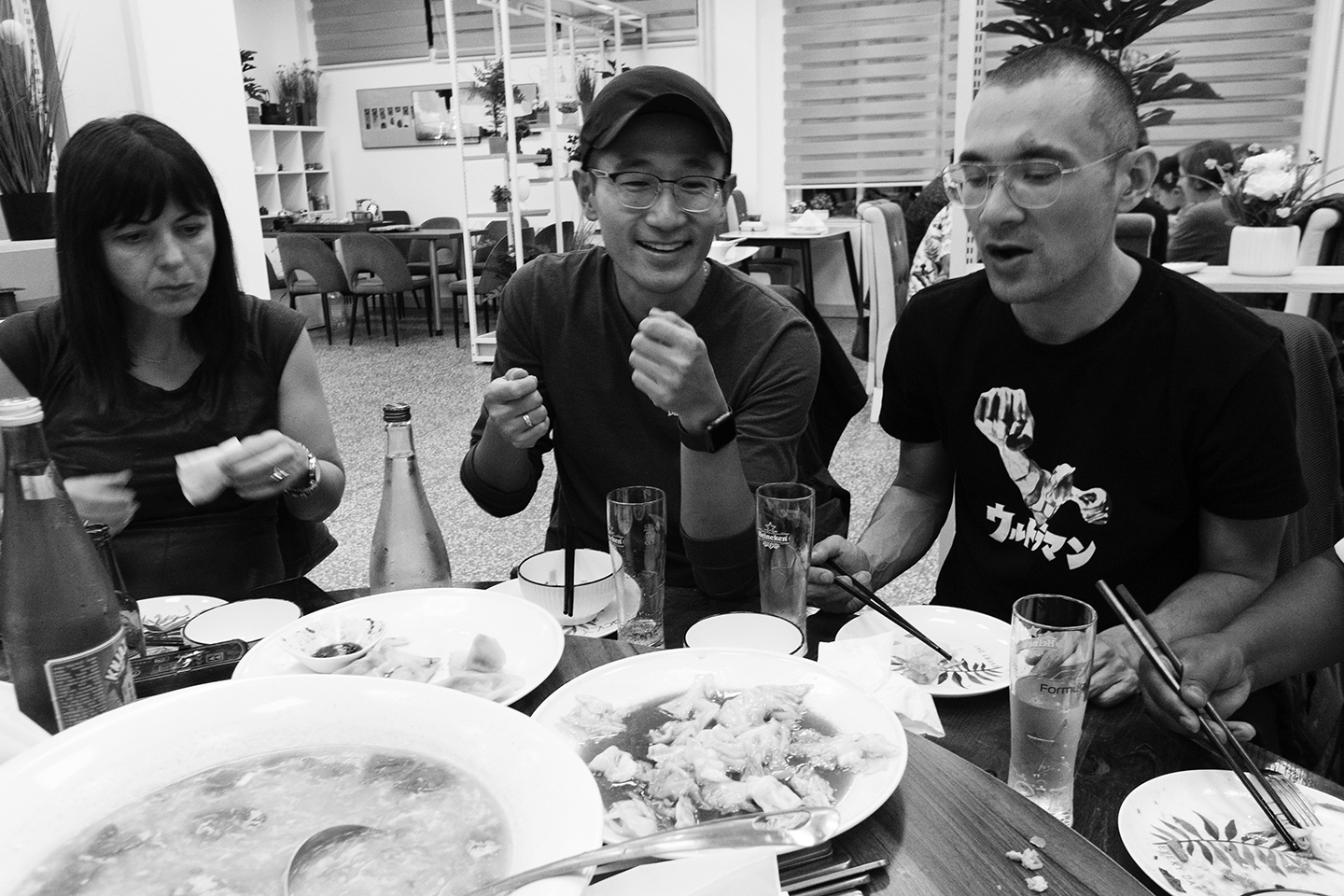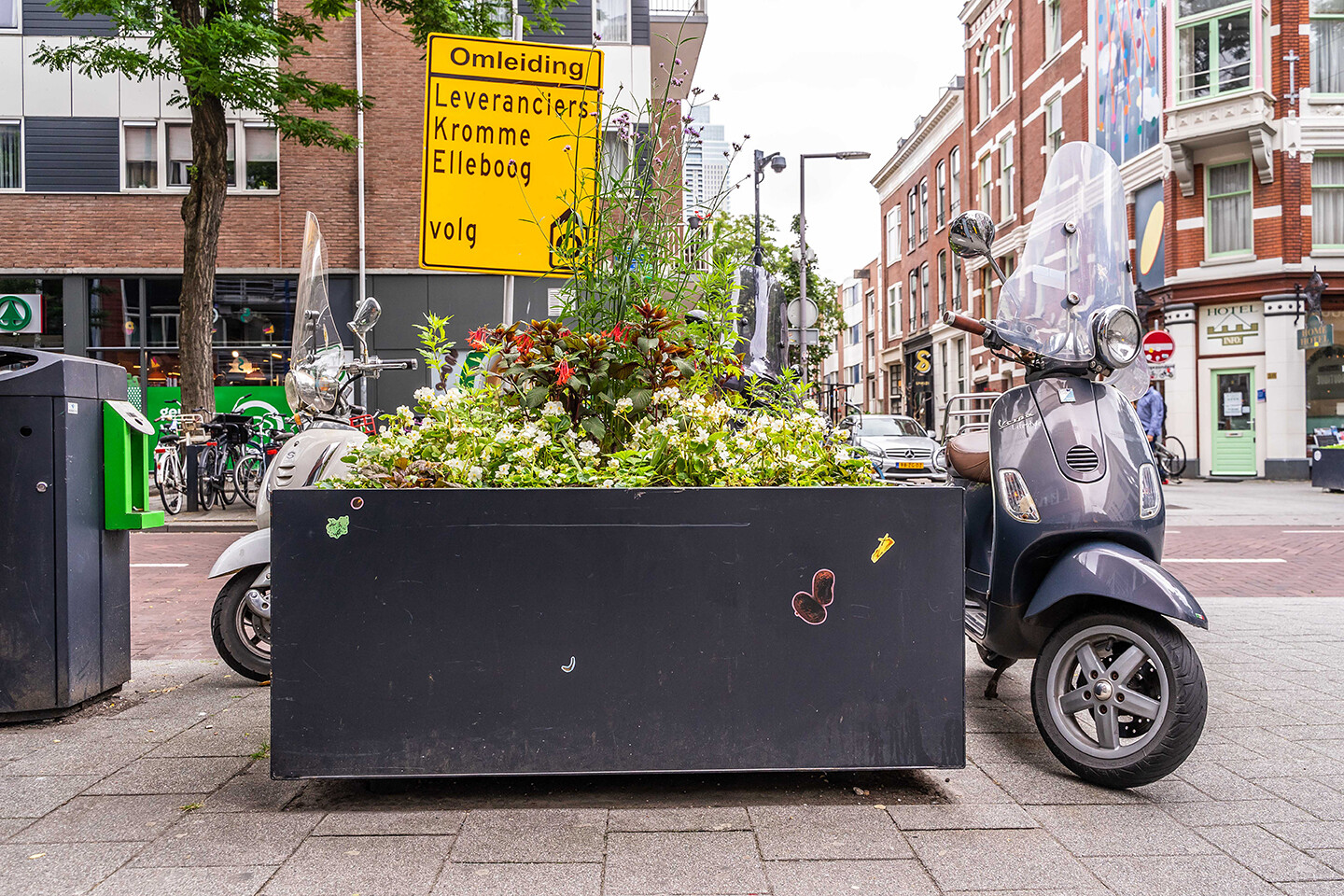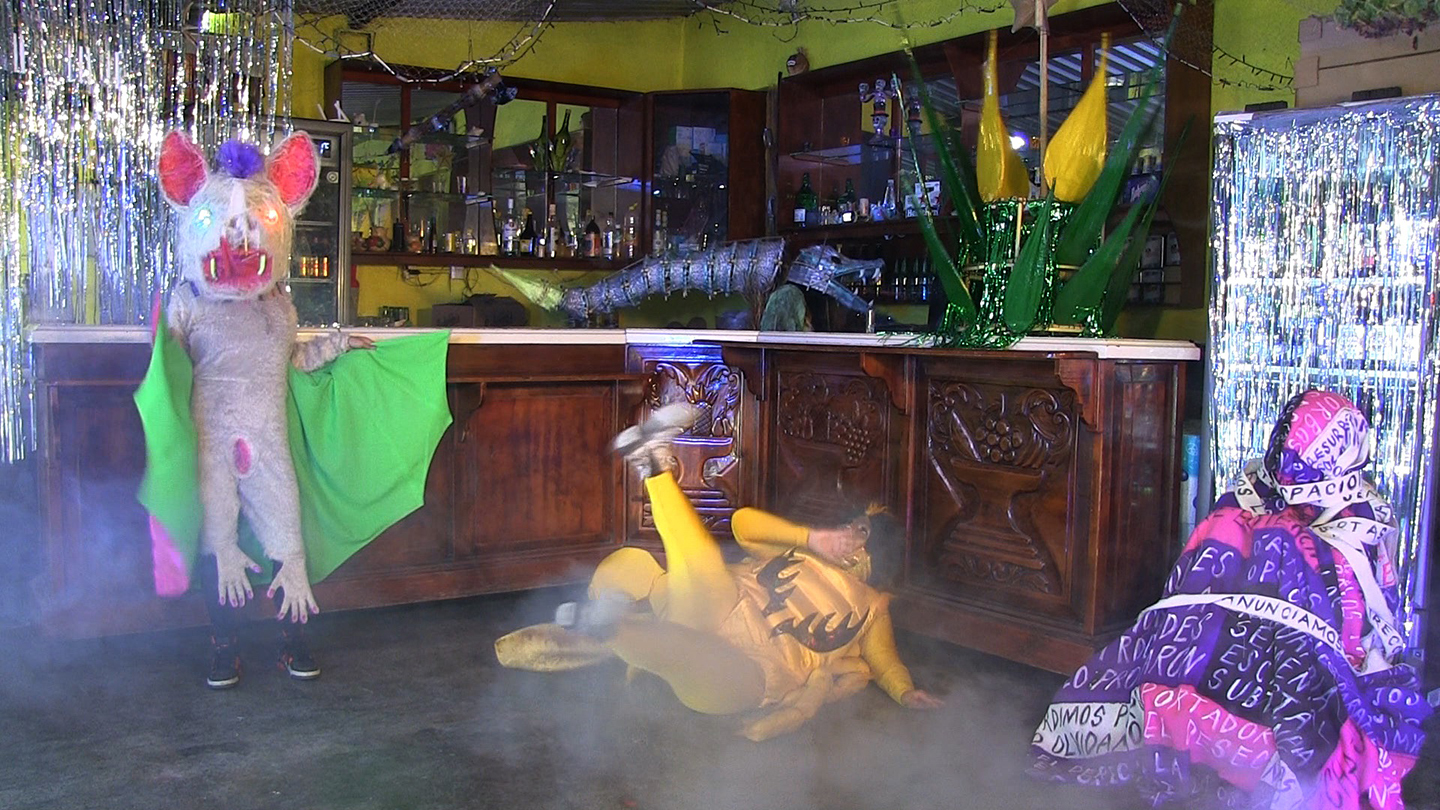Field Notes: Dadamaino in “The Milk of Dreams,” 59th Venice Biennale
by Francesco Gariboldi
Amid the bright floodlit galleries of the Central Pavilion of the 59th Venice Biennale is a smaller, darker room filled with optical artworks installed on metallic-sheen walls and a stainless-steel platform. Both an enclosed space and a passageway between two larger galleries, this room spatializes a fundamental feature of “The Milk of Dreams” as one of the its five “time capsules,” presentations of historical works conceived by the curator Cecilia Alemani as shows within the show. Developed by the design duo Formafantasma and named “Technologies of Enchantment,” this capsule gathers the works of six Italian female artists—Dadamaino, Marina Apollonio, Lucia Di Luciano, Laura Grisi, Grazia Varisco, and Nanda Vigo—who re-envisioned the world through technology and art from the 1960s onward.
Filled with art of the recent past yet futuristic in its perspective, “Technologies of Enchantment” is an excellent example of how our perception of the continua of human beings and technology and nature and culture are conditioned by time and, as such, evinces the posthuman positions explored by “The Milk of Dreams.” As Rosi Braidotti has written, within posthuman critical theory, “the past is always recomposed as action or praxis in the present—doubled up as actual and virtual becoming. This intensity is simultaneously after and before us, both past and future, in a flow or process of mutation, differentiation, or becoming.” Alemani’s exhibition takes a transhistorical curatorial approach to rewrite art’s prevailing narratives by highlighting in the symbolic space of the Biennale that exhibition practices can exclude or include artists and so codify the laws of chronology and the art historical canon. Within the “Technologies of Enchantment” capsule, I adopt a similar approach to focus on Dadamaino (1930–2004) and her participation (or absence) in previous Venice Biennales to consider her multifaceted artistic career and its critical relevance to “The Milk of Dreams.”
At the entrance of the capsule, Dadamaino’s Optical-dynamic Object, created between 1960 and 1961 when Dadamaino’s work aligned with that of the New Tendency movement in Europe, is composed of manifold tiles that visualize kinetic energy and produce deceptive and variable optical effects. This vibrating image, a sort of screen surface resembling a work of industrial design, is highly representative of the utopianism of New Tendency artists and their ambition to build a new, more ethical world combining experimental theories of perception and industrial production. This work could have been displayed at the 32nd Venice Biennale in 1964, if Dadamaino had been invited. Indeed, the artist herself stated that, on this occasion, “the ‘New Tendency,’ the group I belonged to, was invited in toto except for Piero Manzoni, because [he is] deceased, and for me, probably because [I am] a woman, so not a very credible artist, or a negligible one, I presume.” In this regard, the very nature of the “time capsule” functions as a sort of Deleuzian “image-time,” a virtual image of the past that is made actual in the present, so that Dadamaino’s absence at the 1964 Biennale is made real only by her participation in the 2022 edition. The linearity of time here becomes blurred: the real present cannot be distinguished from an imaginary past, but both simultaneously coexist in an oneiric vision. This curatorial interpretation of the past contributes to the generally surrealist atmosphere of “The Milk of Dreams,” and the exhibition seeks to undo the dichotomies of truth and fiction, reality and imagination, and ultimately, life and death. Coming from a phantom past, female artists re-presented in the “time capsule” can tell their own stories, and thus, the exhibition rights historical wrong of Dadamaino’s exclusion.
Read more of Francesco Gariboldi’s review on Art & Education.
Field Notes is a series of reviews from the next generation of art writers. Featuring texts on the 59th Venice Biennale and Documenta 15 contributed by students and recent graduates, Field Notes makes original connections between the work and the world and takes a closer look at what other observers might have missed.
